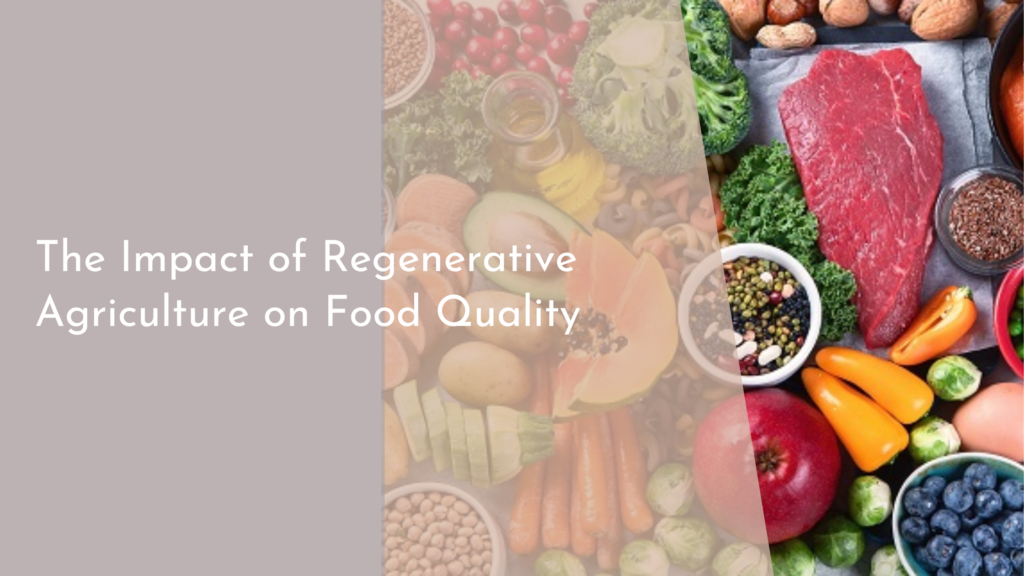Agroforestry and Sustainable Willow Biomass Production
In the quest for sustainable energy solutions, agroforestry is emerging as an innovative approach that aligns agricultural practices with environmental stewardship. One of the most promising aspects of agroforestry is the cultivation of willow trees for biomass production. This article will explore the synergistic relationship between agroforestry and willow biomass, highlighting the benefits of this practice and providing steps for successful implementation.
Discover the Power of Agroforestry in Biomass Production!
Agroforestry integrates trees and shrubs into agricultural landscapes, fostering biodiversity while enhancing productivity. This method not only increases the yield of crops but also diversifies income sources for farmers. By incorporating willow trees into existing agricultural systems, farmers can produce biomass energy—a renewable source that can help reduce dependency on fossil fuels. The combination of traditional farming and forestry practices creates a holistic environment that benefits both the land and the community.
Moreover, agroforestry systems are incredibly versatile, adapting to various climates and soil types. The inclusion of willows in these systems can provide multiple benefits, such as improved soil health through enhanced organic matter, reduced soil erosion, and increased carbon sequestration. As interest in renewable energy grows, the potential for integrating biomass production into agroforestry systems creates a win-win scenario for both the environment and economies.
Why Willows are a Sustainable Choice for Biomass Energy
Willows, particularly certain species like Salix viminalis, are known for their rapid growth and high biomass yield, making them an excellent choice for energy production. They can thrive in a variety of soil conditions, even in less-than-ideal environments, and have a remarkable ability to regenerate quickly after harvesting. The establishment of willow plantations can yield substantial amounts of biomass within a few years, providing a reliable renewable energy source that can contribute to local and national energy goals.
Additionally, willows have a relatively low environmental impact compared to other biomass crops. They require less water and fertilizers, and their deep root systems help improve soil structure and prevent nutrient leaching. This makes willows not only a sustainable choice for biomass production but also a strategic plant for promoting ecological balance in agricultural settings. As farmers look for ways to make their practices more sustainable, willows emerge as a fantastic option that aligns with both environmental and economic objectives.
The Environmental Benefits of Growing Willow Trees Together
Growing willow trees in an agroforestry system brings a plethora of environmental benefits. First and foremost, these trees play a critical role in improving biodiversity. By planting willows alongside crops, farmers create habitats for various species, thus promoting a healthier ecosystem. This diversity can lead to natural pest control, reducing the need for chemical pesticides, which benefits both the environment and human health.
Furthermore, willows contribute to soil conservation and improvement. Their extensive root systems help stabilize soil, prevent erosion, and enhance water retention. Willows also promote nutrient cycling as they shed leaves and organic matter, enriching the soil with essential nutrients. The presence of these trees can lead to healthier crops and increased yields, creating a sustainable agricultural system that benefits both farmers and the environment.
Steps to Successfully Implement Willow Agroforestry Systems
Successfully implementing willow agroforestry systems requires careful planning and a clear understanding of local conditions. The first step is selecting the right willow species suited to the specific environment and soil type. Farmers should work with local agricultural extension services or experts in agroforestry to identify the best practices tailored to their region. Adequate site preparation, including soil testing and necessary amendments, will set the stage for successful growth.
Once established, it’s important to manage the willow trees effectively. This includes regular maintenance like pruning and harvesting at the right time to maximize biomass yield. Farmers should also monitor soil health and biodiversity levels to ensure that the agroforestry system remains sustainable over time. By adopting a holistic management approach and remaining open to learning, farmers can cultivate profitable and environmentally friendly willow biomass production systems.
Agroforestry represents an exciting opportunity to innovate in biomass production, with willow trees leading the charge for sustainable energy solutions. The integration of willows into agricultural landscapes not only enhances productivity but also bolsters environmental health. As we strive for a greener future, embracing practices like willow agroforestry can pave the way for a more sustainable and prosperous agricultural sector. With the right planning and management, farmers can enjoy the benefits of this dynamic approach while contributing positively to the planet.


